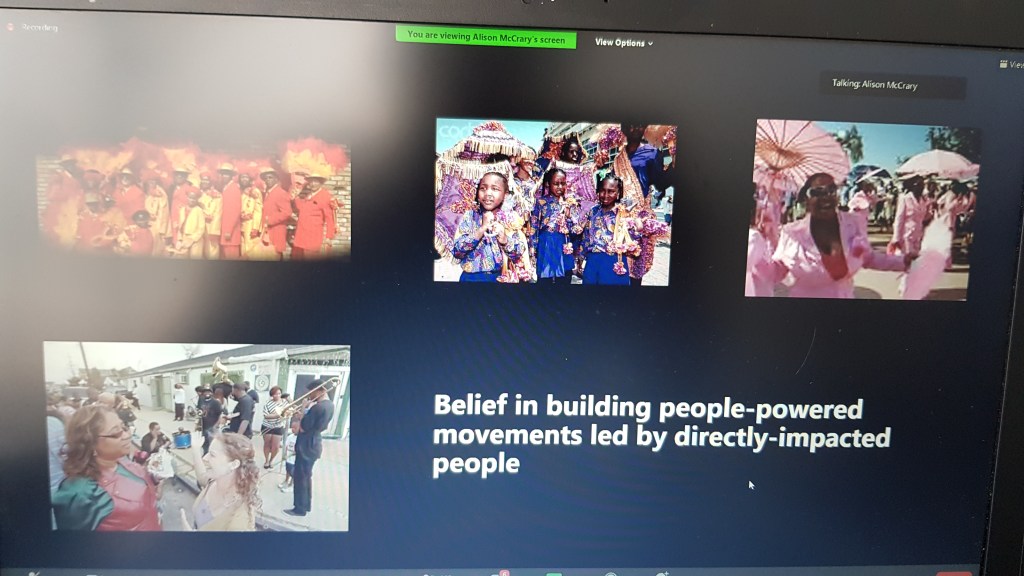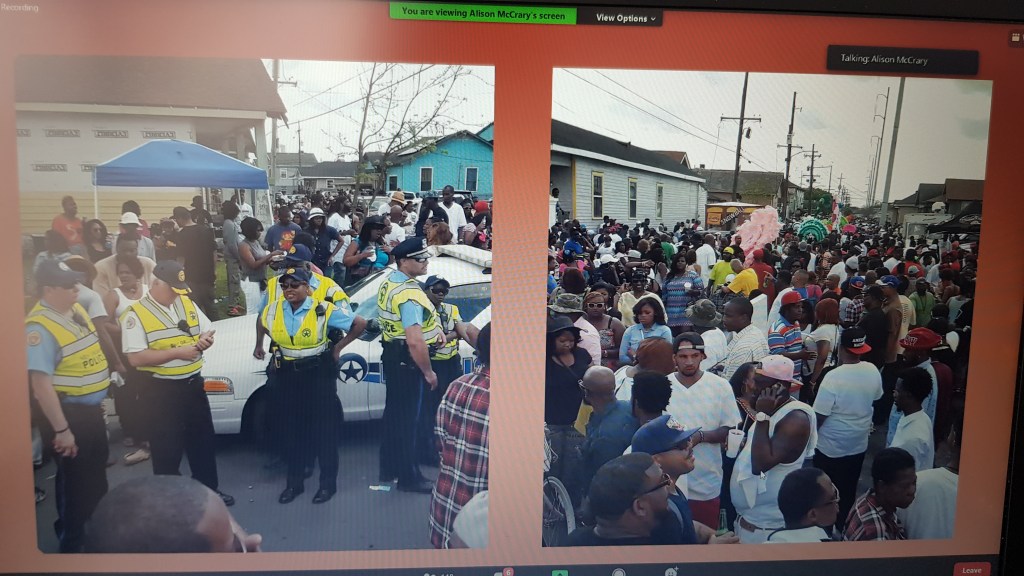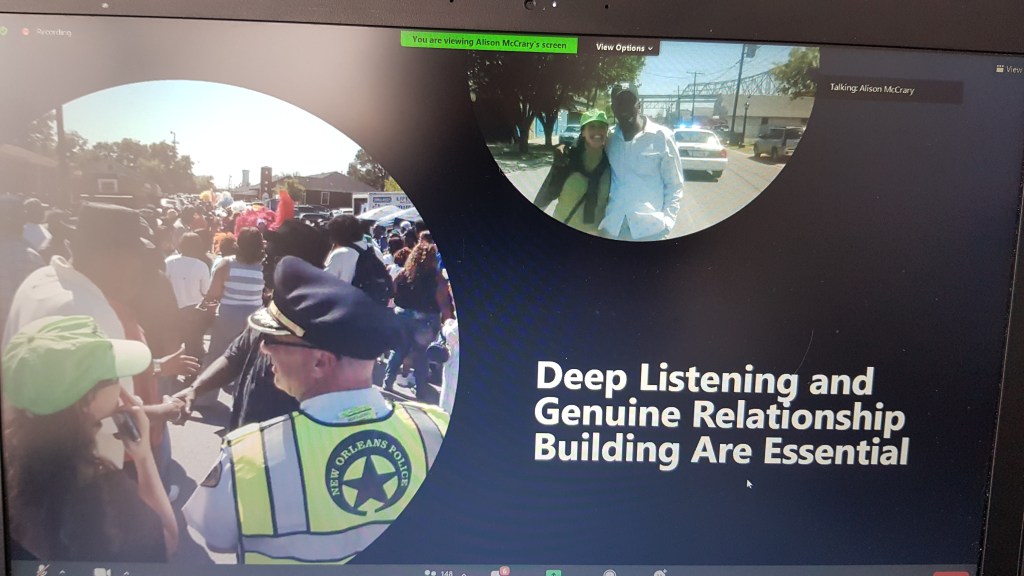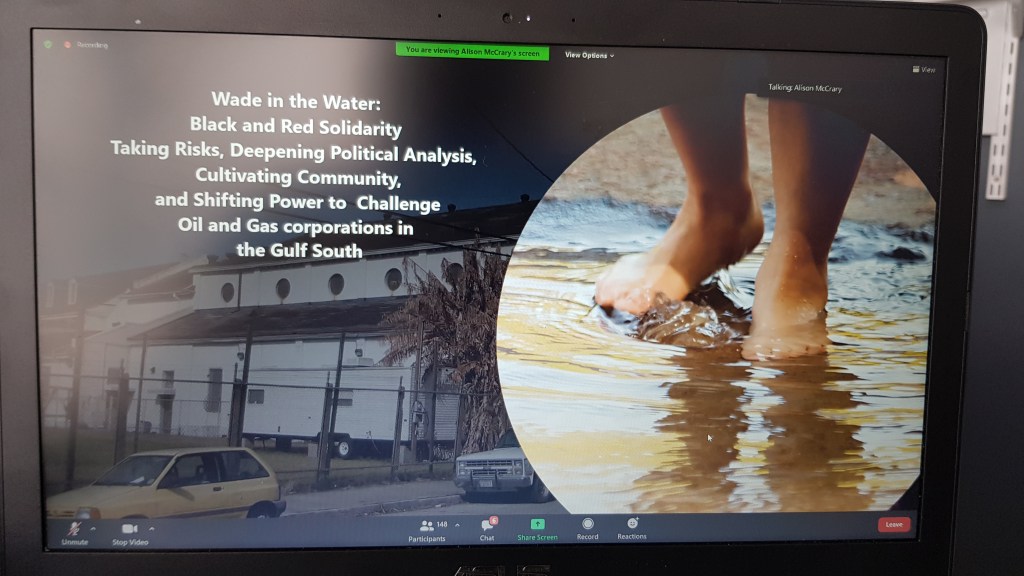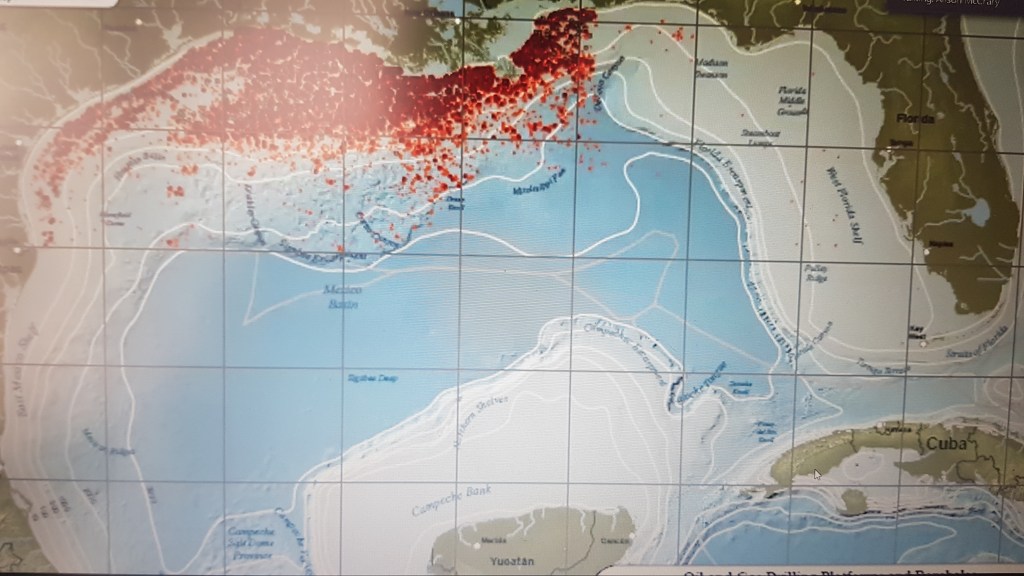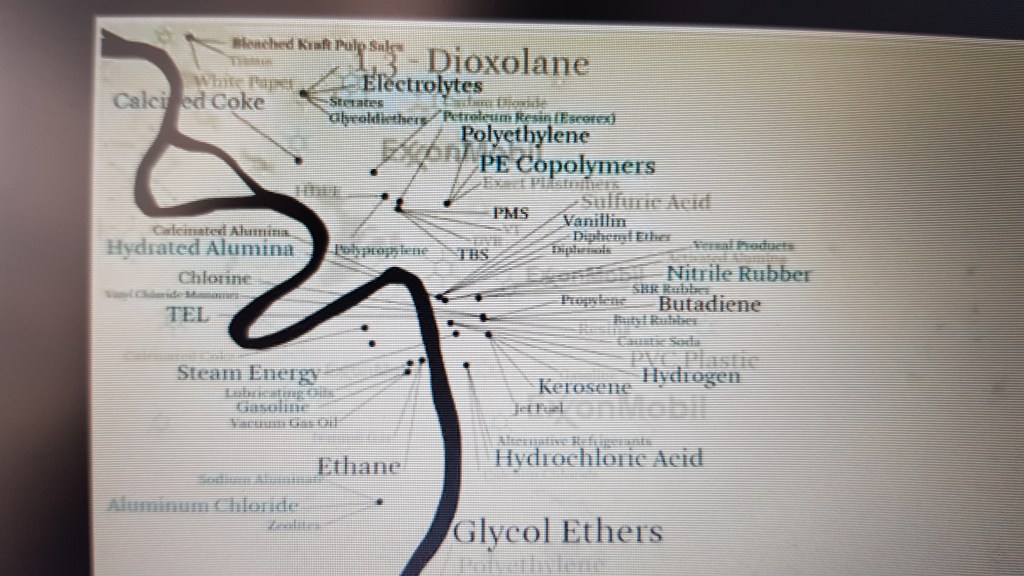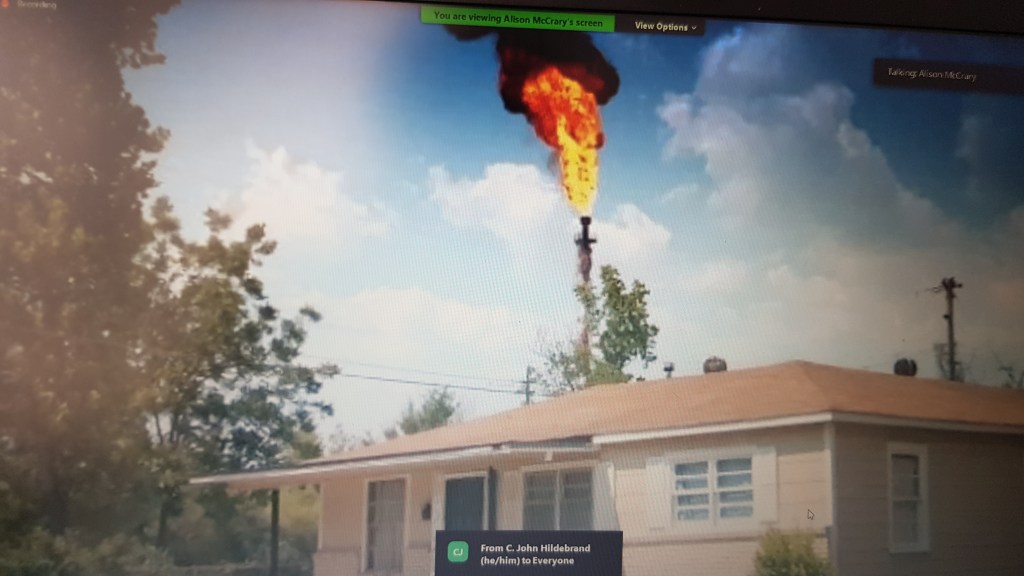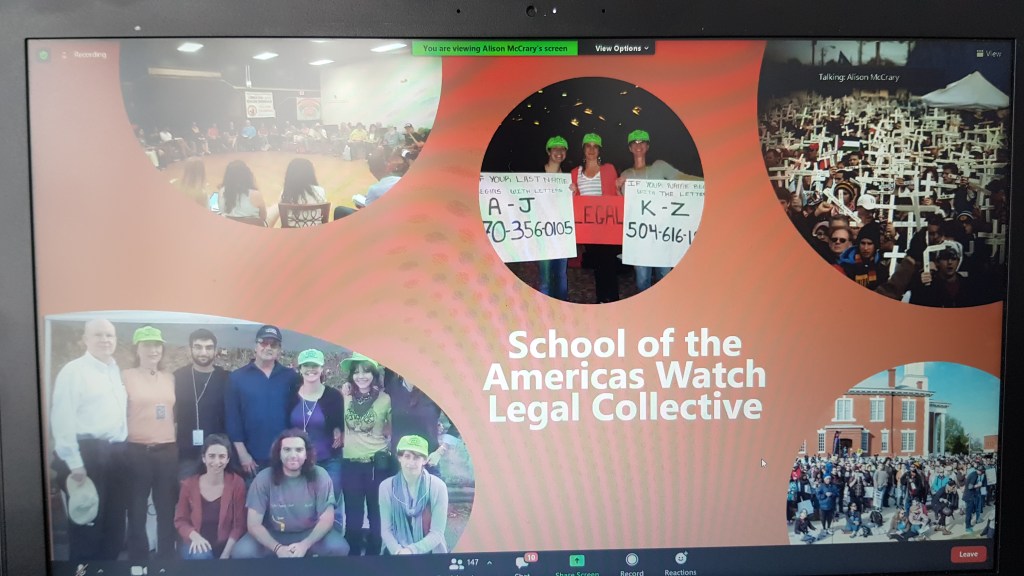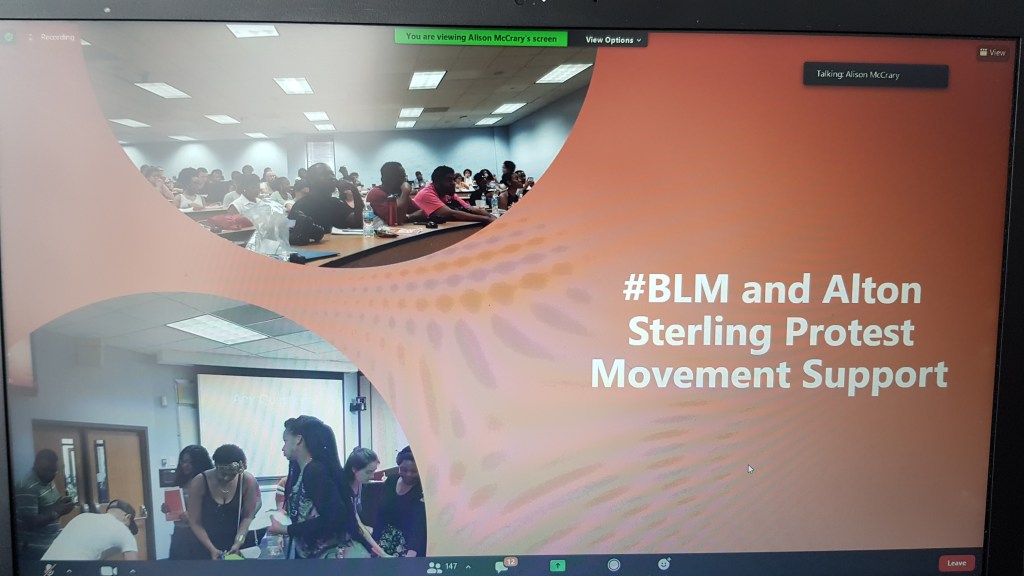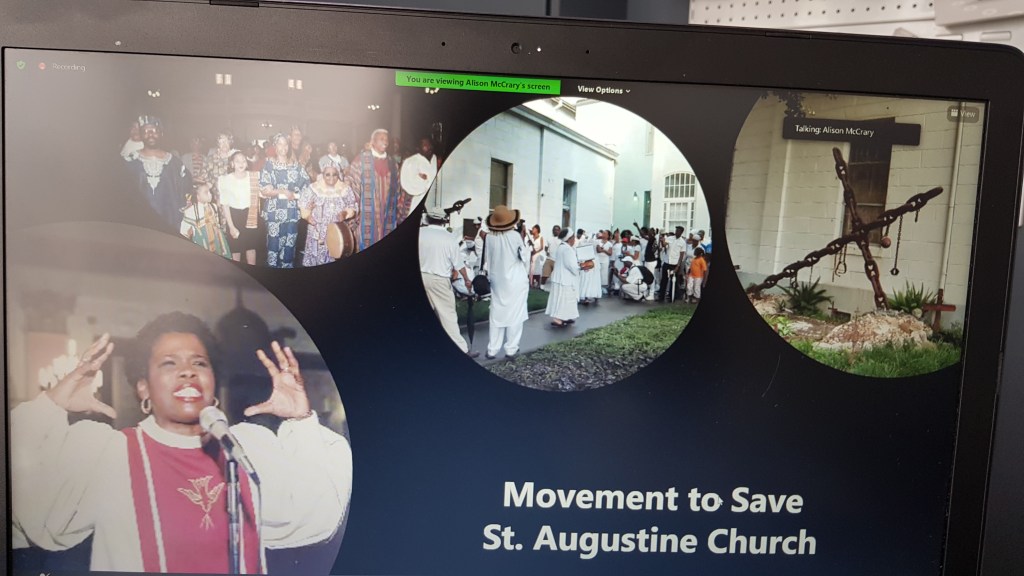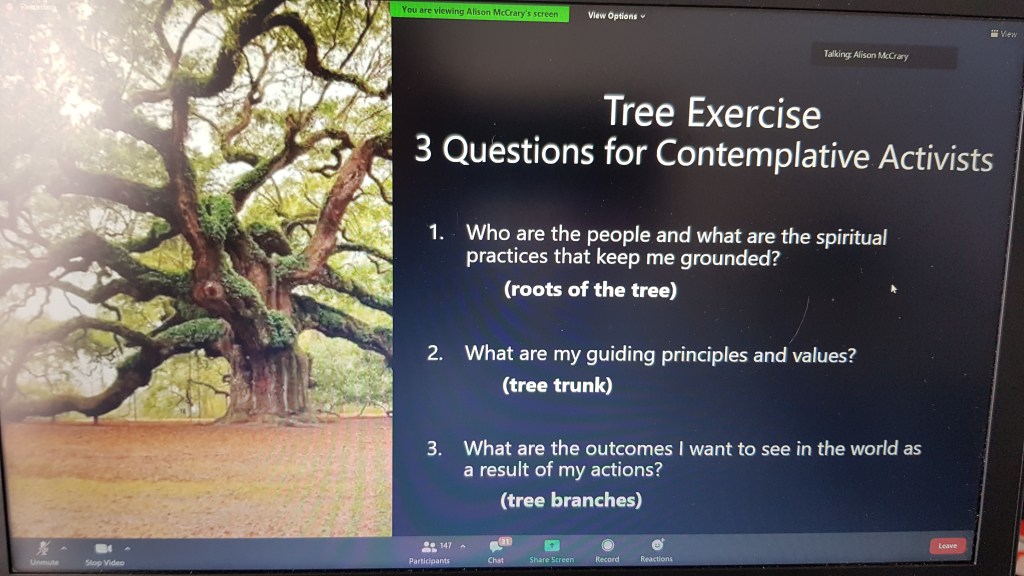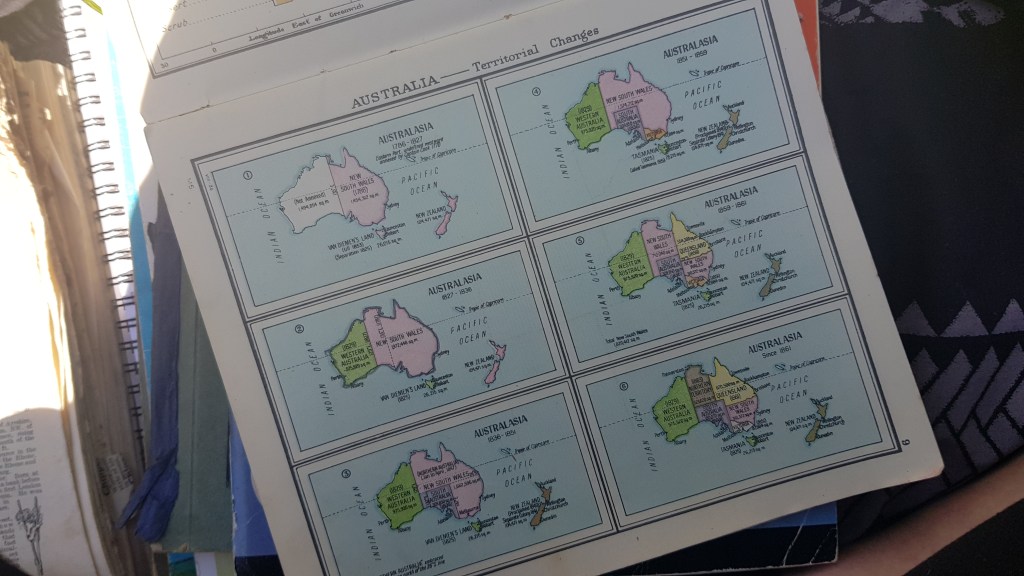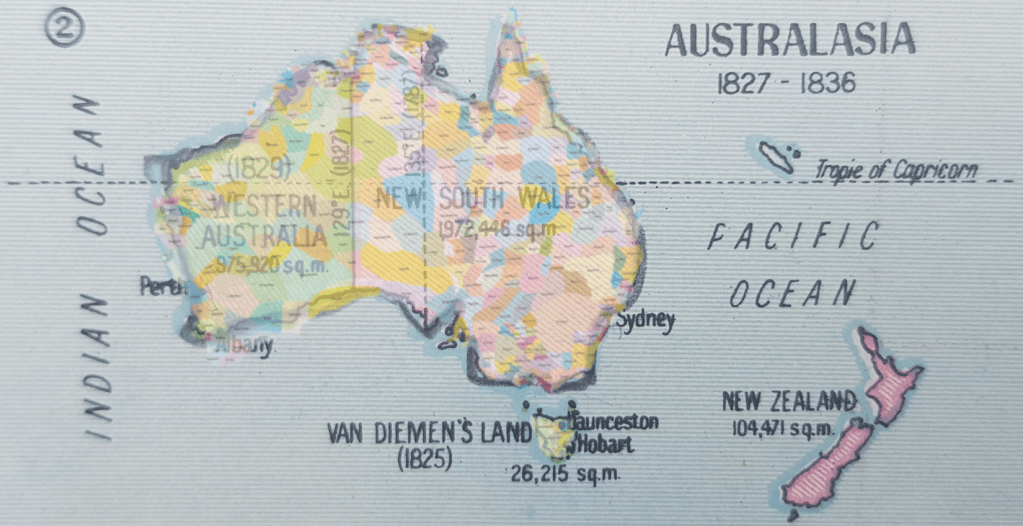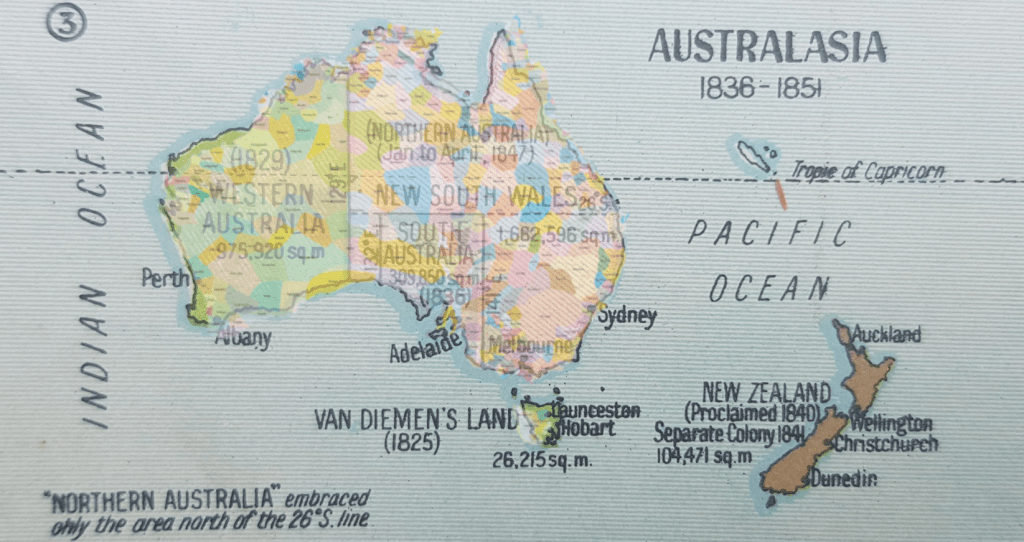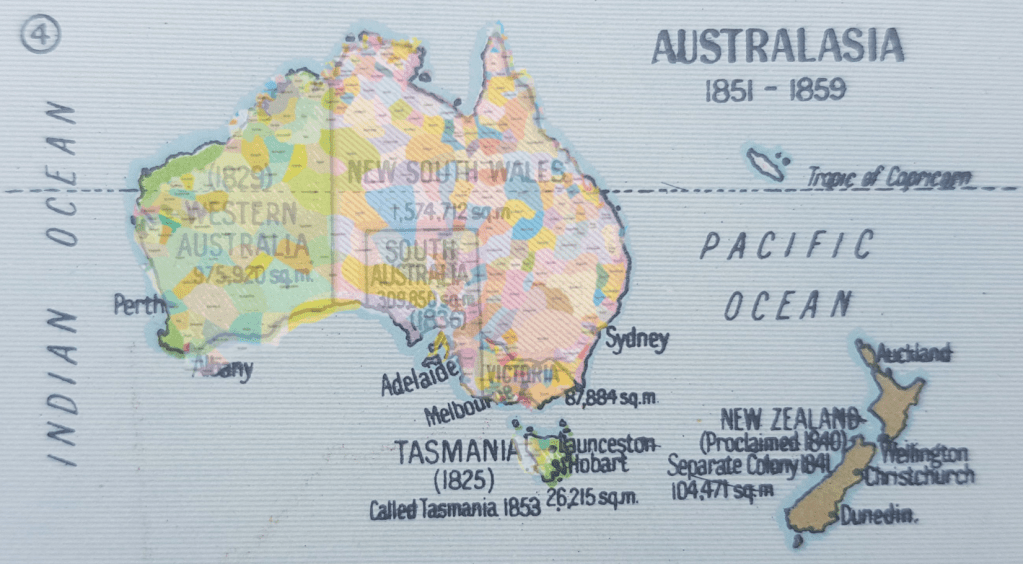This morning at BKI we had a memorial service to remember everyone in the community who has passed on (remembering our elders).
Gloria and Ross Kinsler were mentors and friends of Ched and Elaine’s for more than 30 years. As Presbyterian mission co-workers in Central America they promoted popular theological education and organized Sanctuary solidarity. Since
2014 BCM has honored their legacy in our Kinsler Institutes. Ross went home to God in December; Gloria lives with dementia at a skilled nursing facility in Pasadena, CA. We give thanks for their faithful work and witness.
Rev. Murphy Davis, co-founder of The Open Door Community in Atlanta, GA, worked for decades in prison justice and homeless advocacy. She passed in October 2020 after a 25 year battle with cancer, chronicled in her memoir Surely Goodness and Mercy (2020).
A table is covered with a purple cloth for an altar, though we’re square cubes we are in a circle – we reach out (in zoom, participants are encouraged to hold their hands up as if to make contact with those to either side of them in gallery view). On this morning we have a memorial for Ross Kinsler and Murphy Davis… we light two candles and have flowers for Gloria, for all those ‘gone to glory’ to ‘join the cloud of witnesses’. The table is set. Invite people at the table to share stories… we hear remembrances from people who know these elders well as a litany of names rolls down the chat.
Love is a harsh and dreadful thing. It requires us to give and receive.
– Mother Theresa
We are a living memory – activists, disciples, Holy Fools, followers of freedom pathways, the ways of the water keepers, the inspiration of artists and poets… they do not die, they multiply.
I share this link to the Murphy Davis campaign…”Let’s Get Well”. I think it is a beautiful thing to rally for encouragement and healing – to lift each other up. As someone who had rallied, and rallied and rallied where this has felt like a fight, I love the idea of rallying to encourage and affirm one another…

Rose Marie Berger – Bending the Arch
In answer to Seamus Heaney’s Station Island and Pablo Neruda’s The Heights of Machu Picchu, Berger unmasks the worldview of westward expansion from architect Eero Saarinen’s arch in St. Louis to the Golden Gate in a way that subtly and mystically taps the unconsciousness of the intended audience. When she writes “We never entered the West on bended knee,” the impurity of language used in this epic creates tension between discourses and creates a charge or pressure on each sentence that pushes the reader toward declaring an allegiance. Drawing on historical documents, the Latin Mass, and multivalent voices, Berger moves through the anguish of unintended consequences and leads the reader through the “ghost dance” of feeling to the powerful Pacific Ocean, which enters human consciousness like a dream. Entangled historical memory, climate crisis, and inverse expansionism compress into a spiritual reckoning to face the world to come. (January 2019). Book available here…
We bury his heart, but not his love, never his love.
Rose Berger, Bending the Arch
“Incarnational Engagement with Restorative Solidarity in and between Red, Black and Brown Communities” by Alison McCrary
Alison McCrary is a tribal citizen of the Ani-Yun-Wiya United Cherokee Nation, a social justice lawyer, Catholic activist, restorative justice practitioner and a sought-after speaker on social justice, spirituality and liberation.
“Accountability IS love. We only speak truth to those we love”
– Alison McCrary




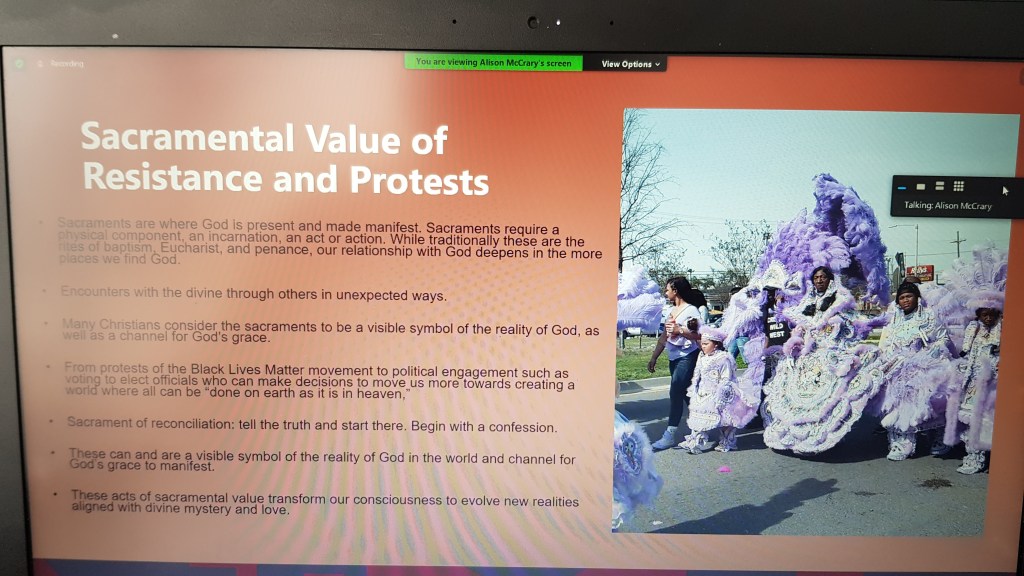
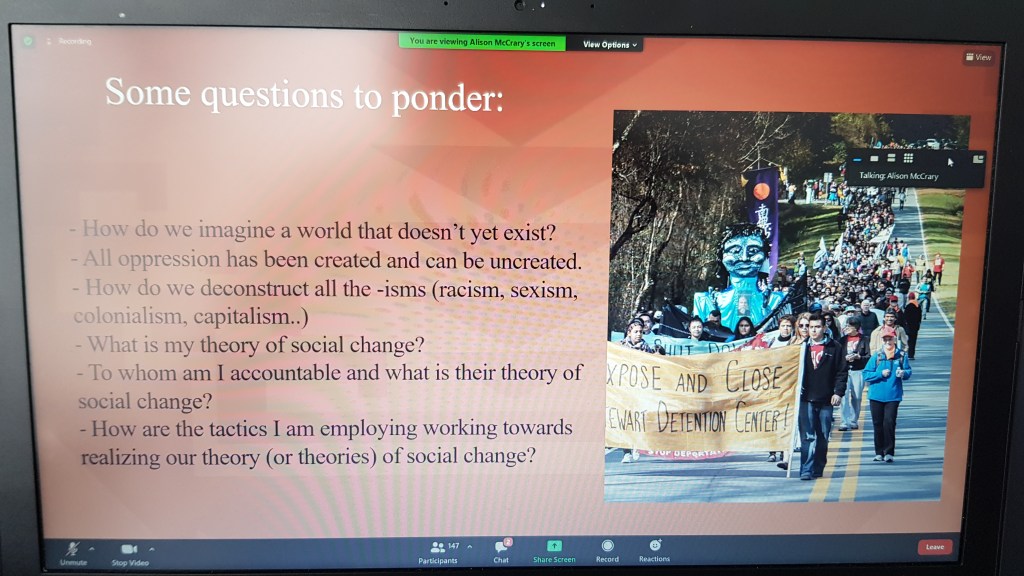
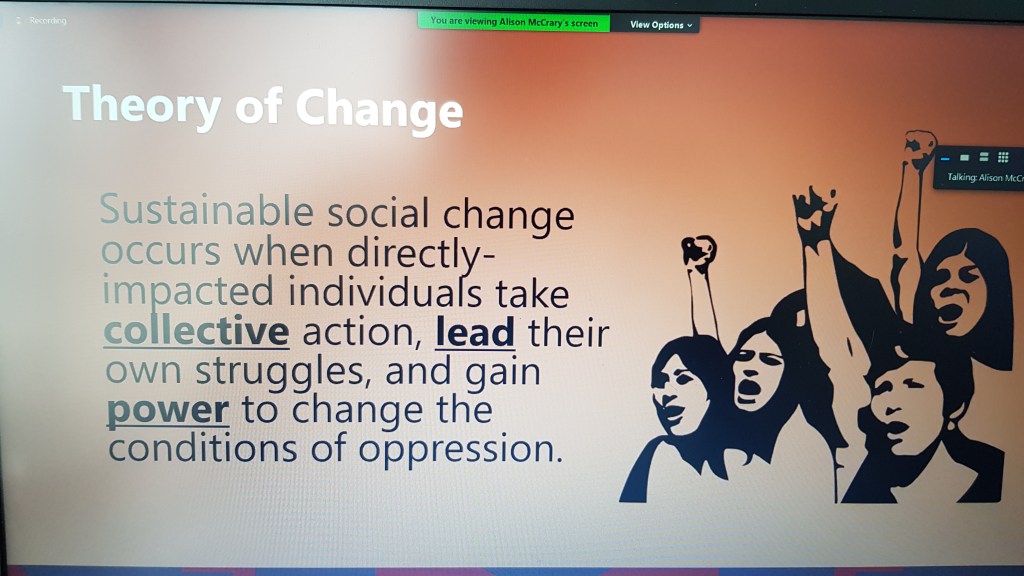
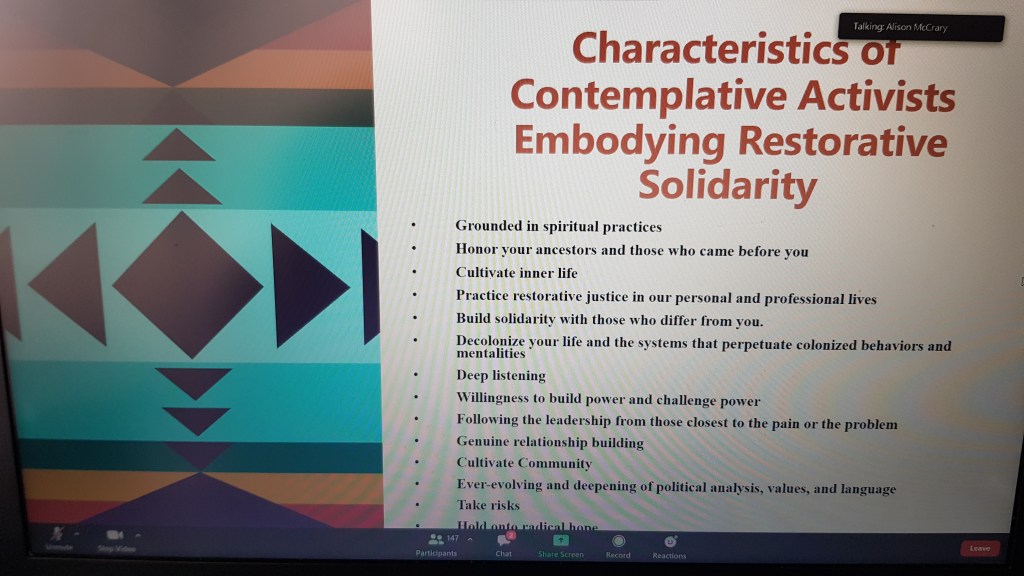


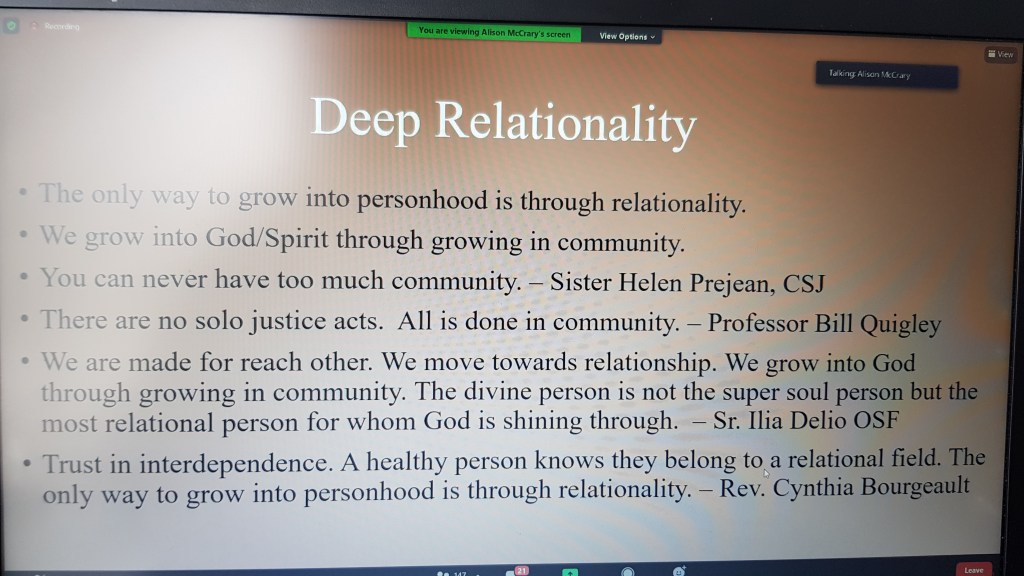
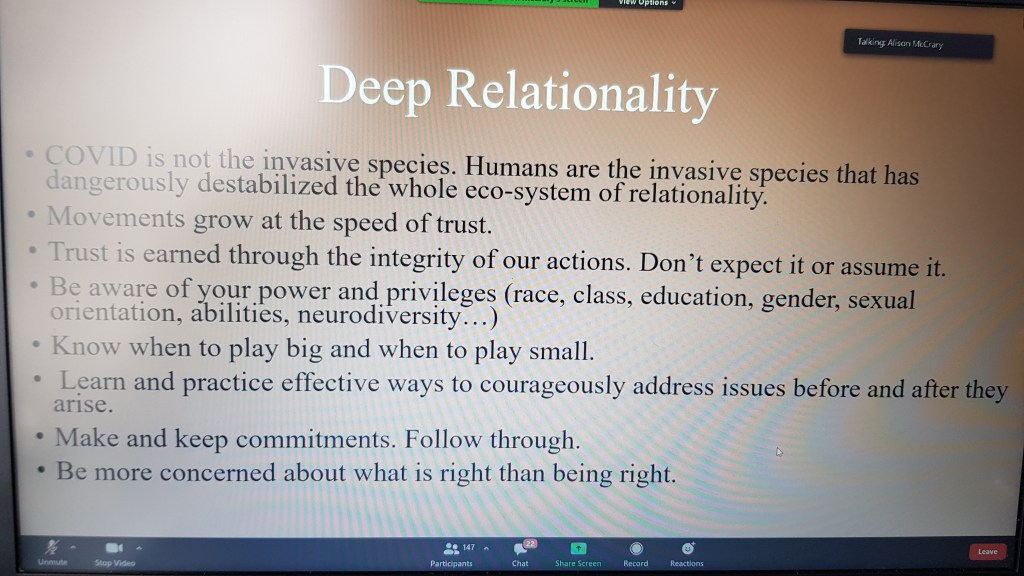
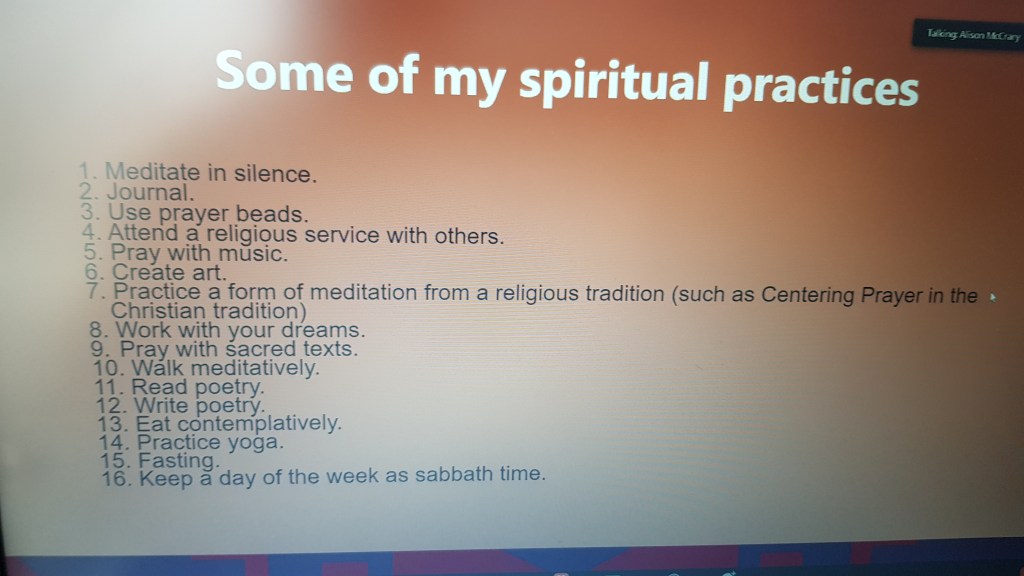

Look at the work of ephemeral artist Ted Lyddon Hatten: http://www.tedlyddonhatten.com/#/coffee-grounds/

There are symbols: a compass, an hourglass, entangled trees, an uncaged canary…
-is there a balm in this thickness of loss?
– can our scars point the way through
– what story will take us to firmer ground?
– whose silence will we hear finally?
“Our community lost things we didn’t know we could lose.”


